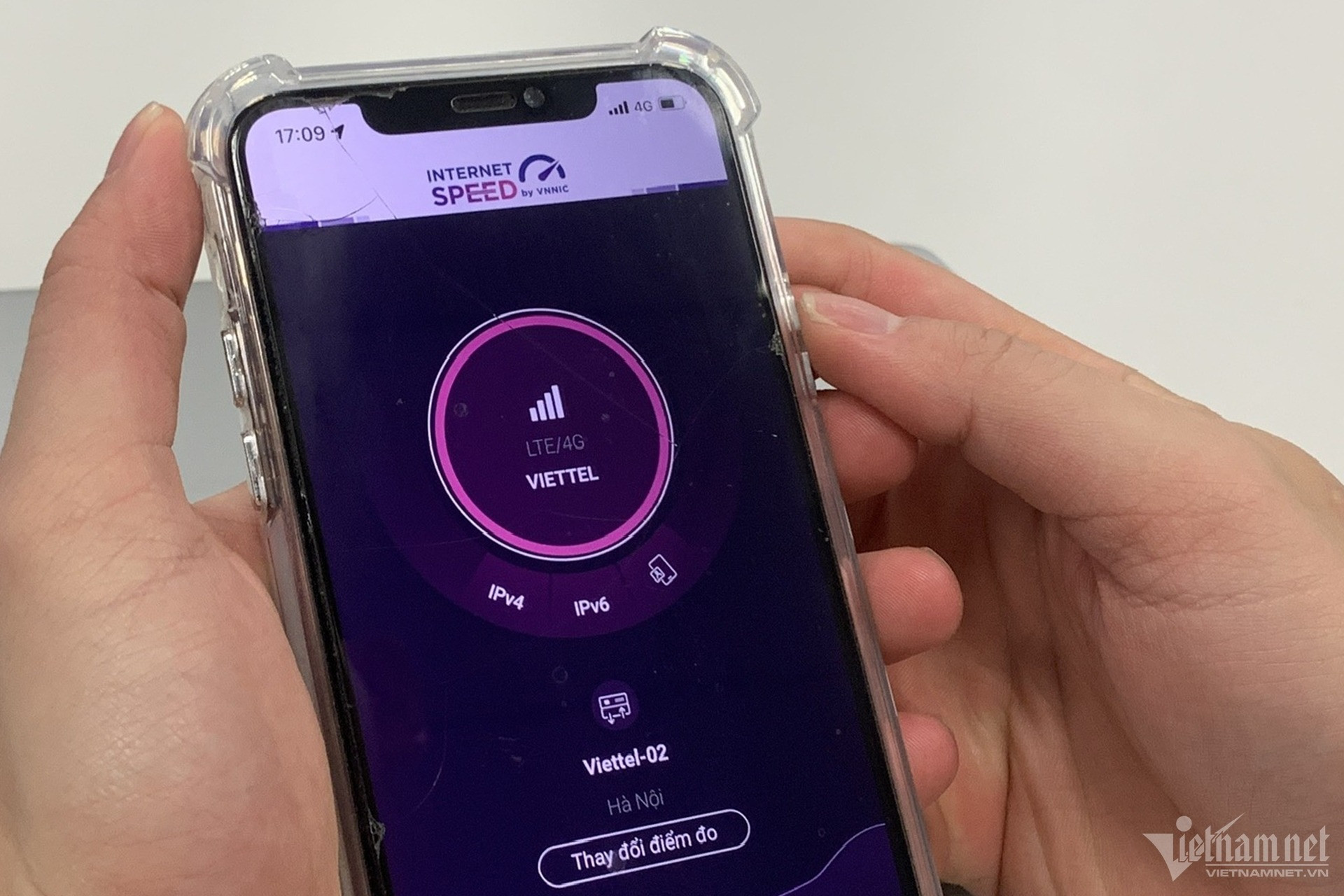
While repairs on the IA and APG international submarine cable lines have been completed, Vietnam’s international Internet connectivity has not yet been fully restored, as repairs on the S1H5 branch of the AAE-1 cable have been postponed to November 27. Currently, 4 out of 5 submarine cables are operating normally.
The APG, AAE-1, and IA are three international submarine cables that experienced issues in 2024, impacting Vietnam’s Internet quality for international connectivity. Specifically, these cables encountered faults on March 15, May 23, and June 13, affecting a total of eight branches, including four on the APG, two on the AAE-1, and two on the IA line.
During this time, Internet providers in Vietnam have rerouted international traffic to other cables to maintain service quality for customers.
On October 31, a representative from an Internet service provider in Vietnam informed VietNamNet that full restoration of international connectivity could not be achieved in October as initially planned.
Although the IA cable has been fully restored since the end of September 2024, after repairs on branches S1 and S5, only the APG cable has been fully fixed. For the AAE-1 cable, however, the repair of a leak on the S1H5 branch has been delayed until late November.
According to the latest repair schedule, domestic Internet providers will need to wait an additional month before Vietnam’s international Internet connectivity reaches 100% capacity, with all five cables - AAG, APG, AAE-1, IA, and SMW3 - operating as expected.
According to the Telecommunications Department, Vietnamese network providers currently operate five international submarine cable systems with a total capacity of 34 Tbps, all connected eastward.
It is planned that in Q1 2025, two new submarine cables, SJC2 and ADC, in which Vietnamese network providers have invested, will begin operation.
Statistics show that the five cables used by Vietnamese providers experience approximately 15 faults annually, with each repair taking between one and three months.
Notably, at one point, issues with all five cables resulted in a 60% loss of international bandwidth for nearly two months.
Enhancing the sustainability of Vietnam’s international internet infrastructure
Recognizing the critical importance of international submarine cables - an essential component of Vietnam’s digital infrastructure - the Ministry of Information and Communications has developed and issued the "Strategy for Developing Vietnam’s International Submarine Cable System until 2030, with a Vision toward 2035." The strategy aims to add at least 10 new submarine cable systems by 2030, increasing Vietnam’s total to a minimum of 15.
In the "Digital Infrastructure Strategy until 2025 and Vision toward 2030," approved on October 9, one key objective is researching and investing in at least two submarine cables wholly owned by Vietnam.
Vice Chairman and Secretary General of the Vietnam Internet Association (VIA), Mr. Vu The Binh, praised the government and the Ministry of Information and Communications for their forward-thinking strategies to develop Vietnam’s digital infrastructure, including international submarine cable systems. Mr. Binh emphasized that these strategies will serve as an important foundation for network providers’ future development plans.
Discussing the potential to expand cable routes toward the south and southwest rather than just to the east as they currently do, a VIA representative explained that Internet traffic and existing cable systems now connect to hubs in Singapore and points south within ASEAN.
Additionally, data centers - where content and applications are stored and managed - are increasingly being developed and operated in ASEAN countries.
“For this reason, we believe the strategy to expand international cable routes to the south and southwest is logical. Combined with major investments in data centers and foreign investment, this infrastructure expansion will better position Vietnam as a potential new Digital Hub in the region,” Mr. Binh stated.
Van Anh